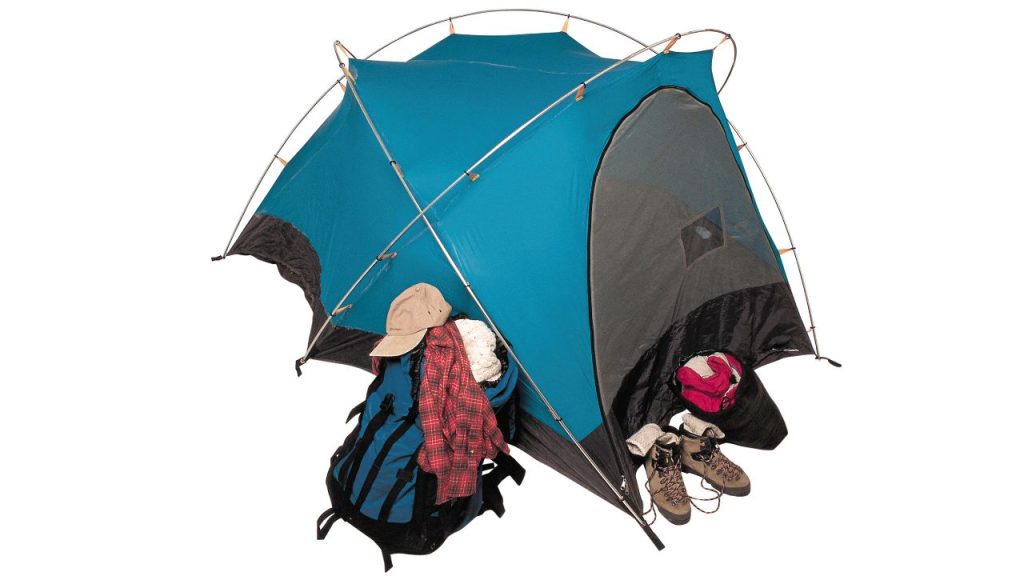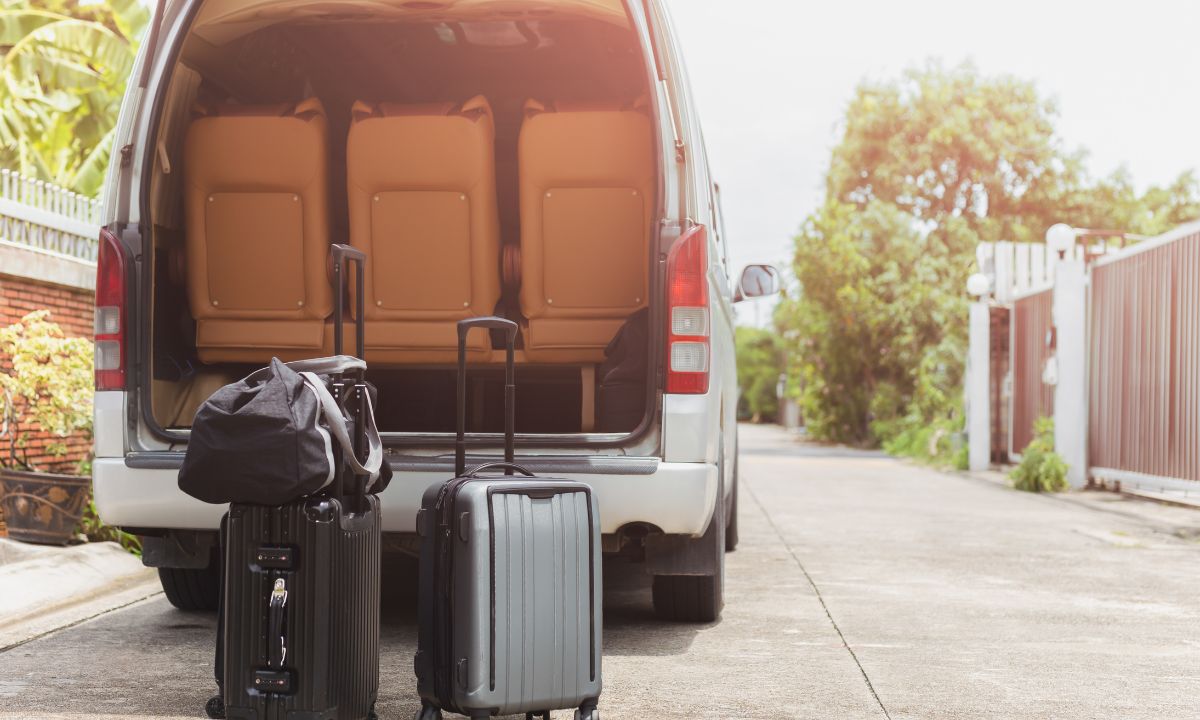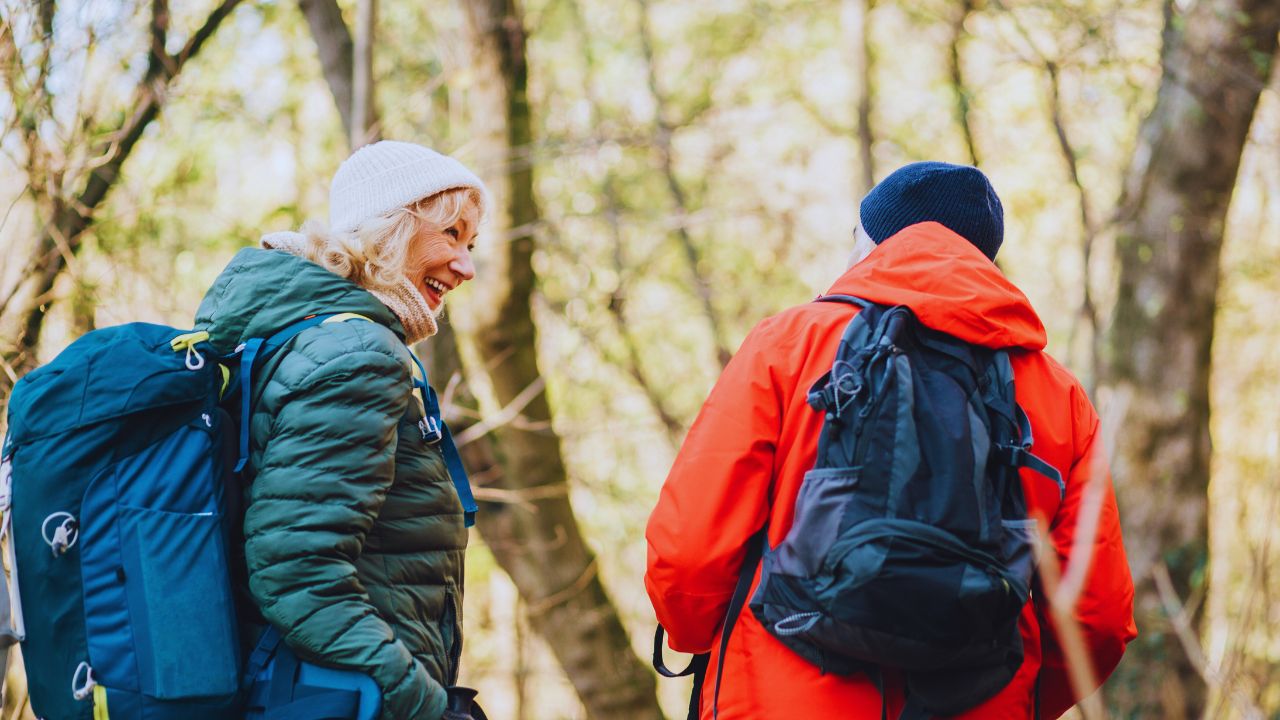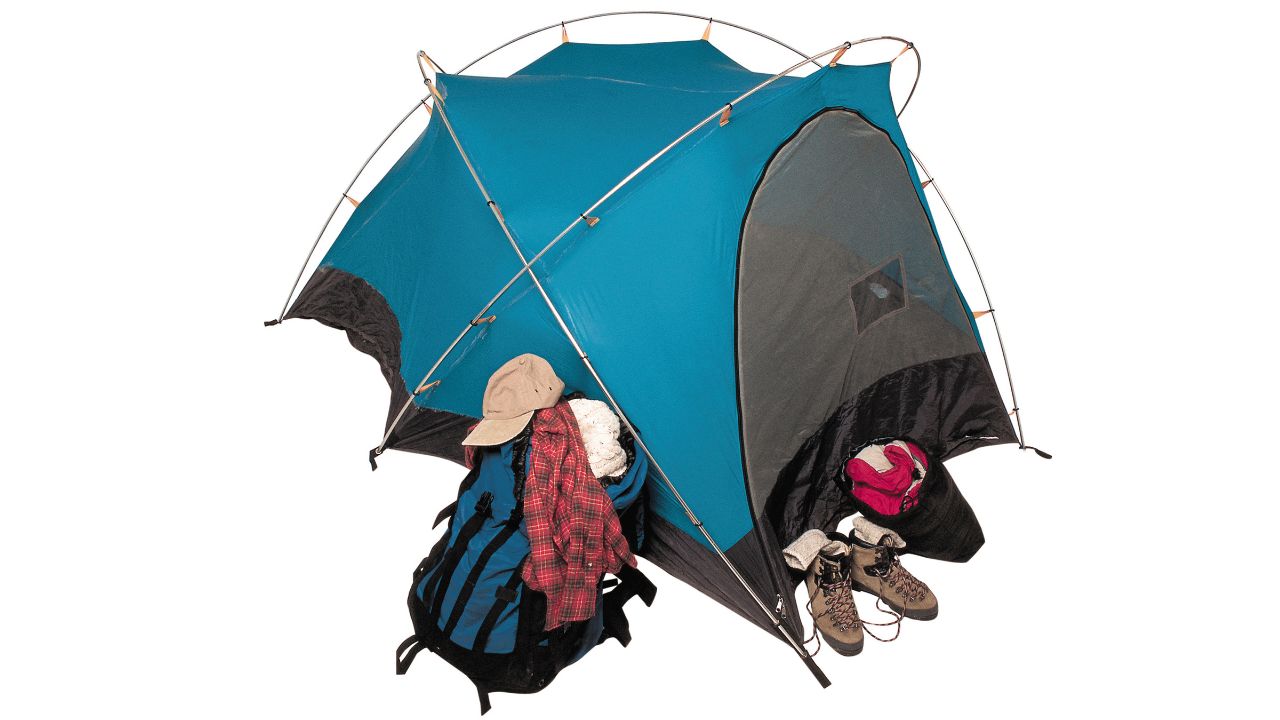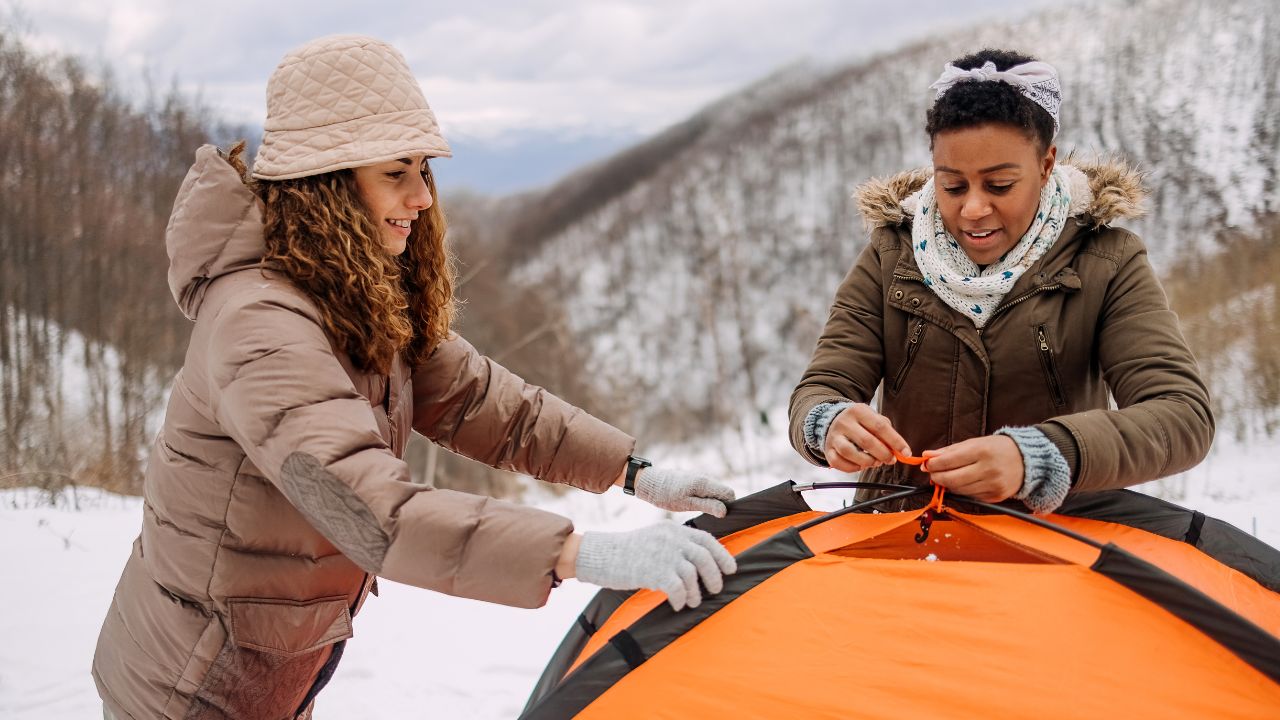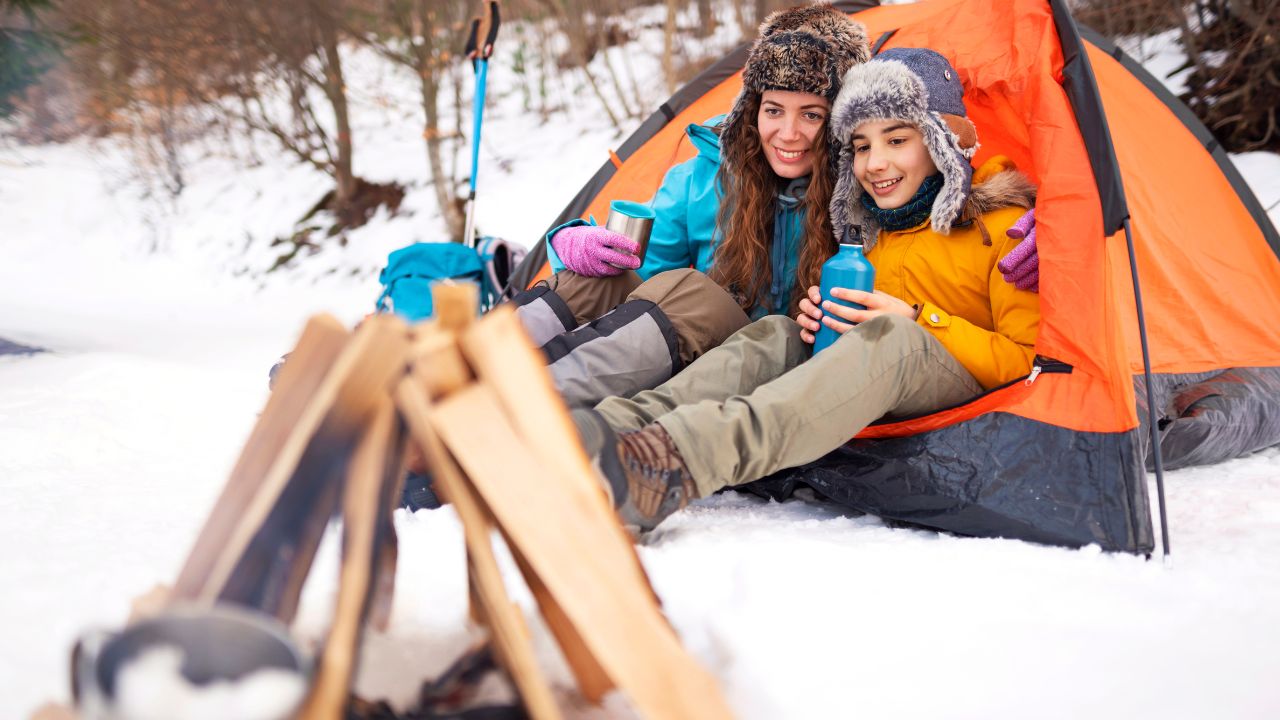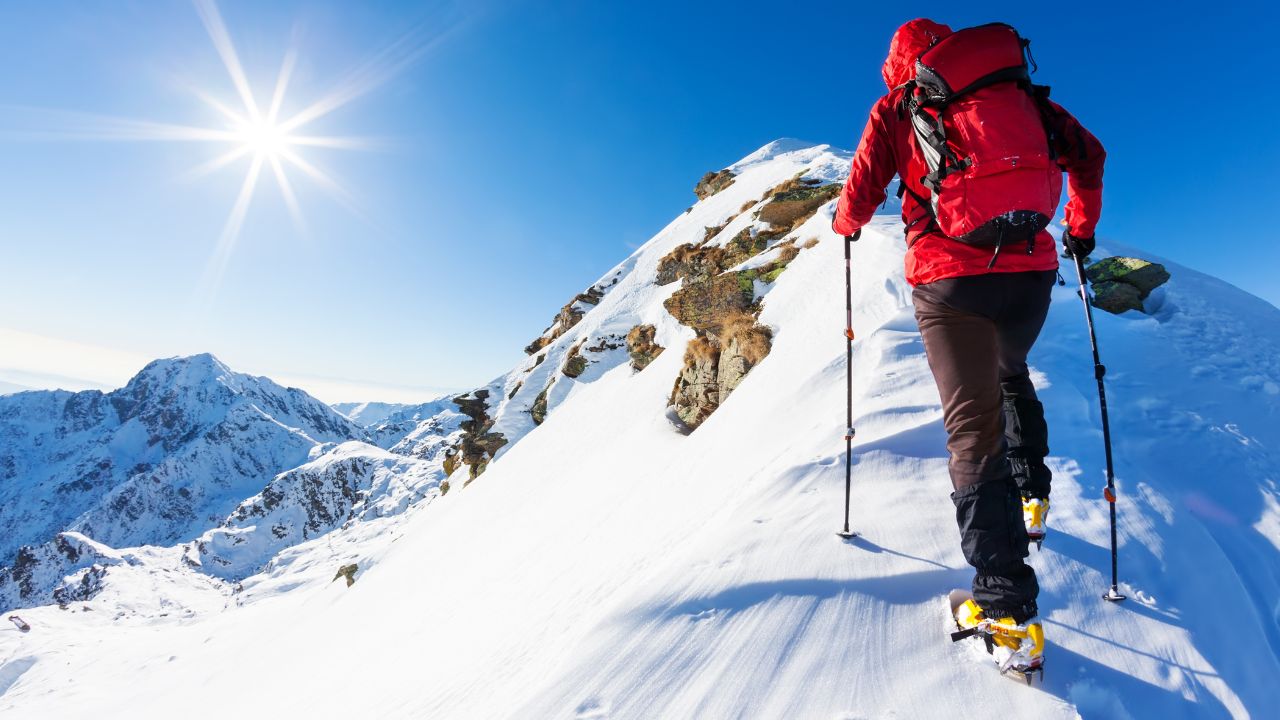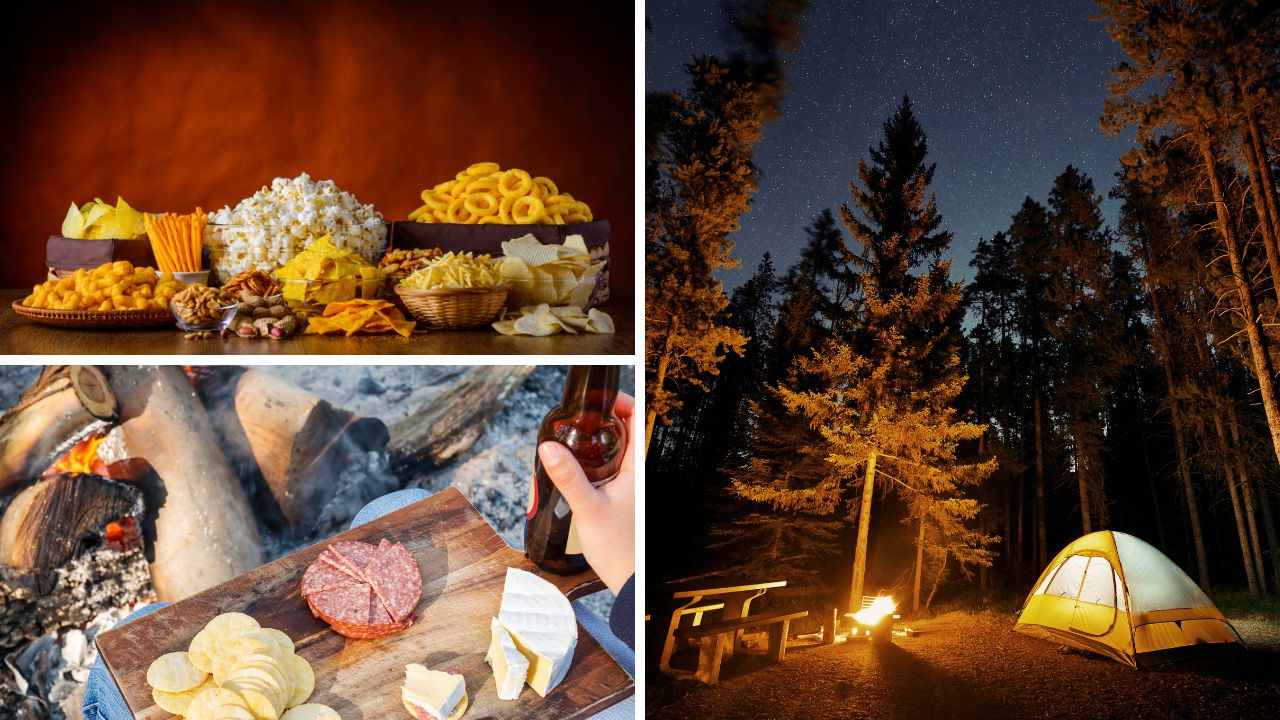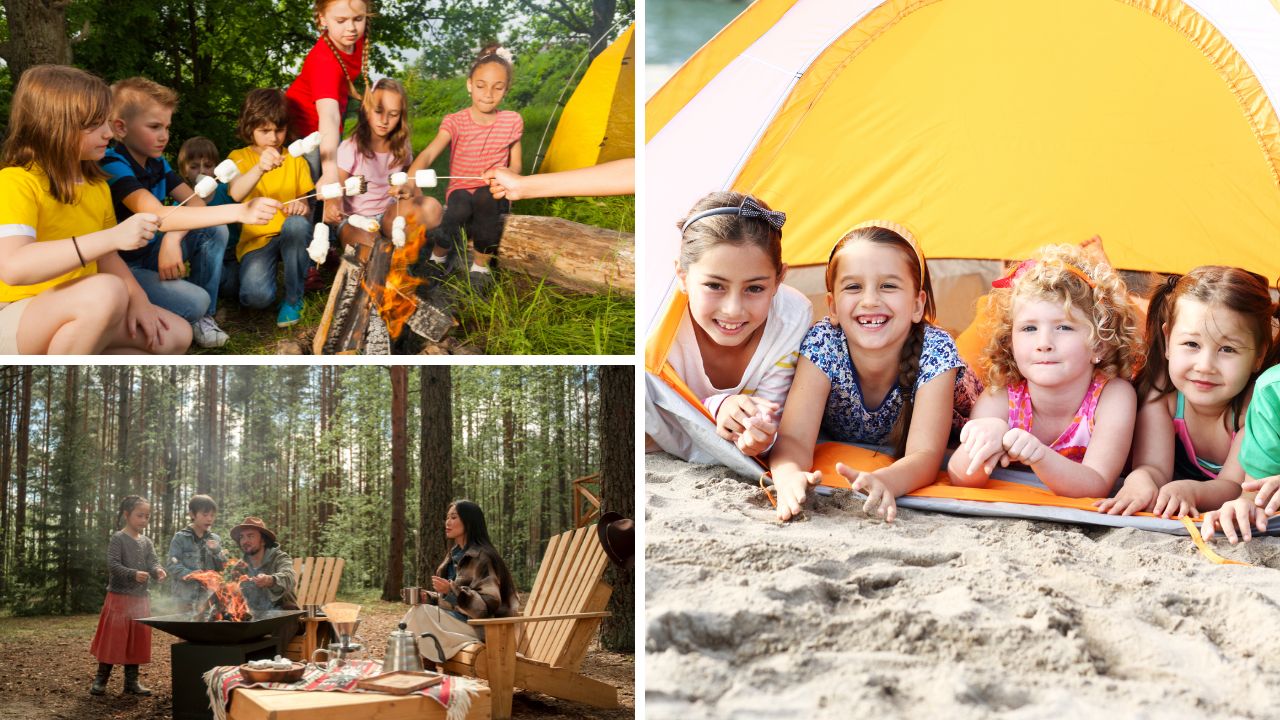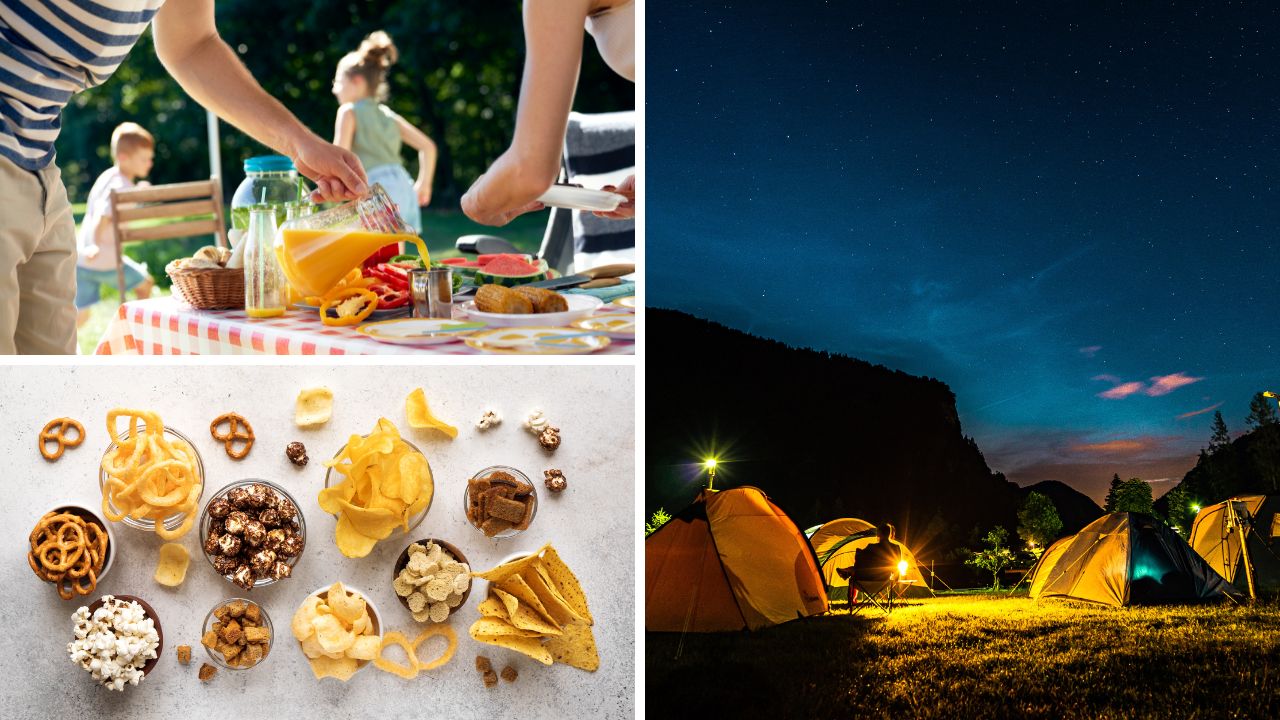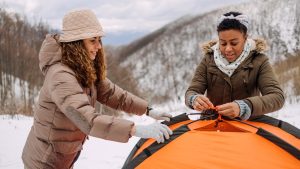Setting out on a backpacking adventure is an exhilarating experience that brings you closer to nature. However, having the right gear prepared is crucial for a successful trip. A well-equipped backpack can mean the difference between a memorable journey and a challenging, uncomfortable experience.
This guide covers everything you need to know about essential backpacking gear, offering insights to help you pack effectively and enjoy every moment of your outdoor adventure.
Whether you’re a first-time hiker or a seasoned backpacker, these items are the foundation of a safe, enjoyable, and rewarding experience. Let’s look at the must-have backpacking gear in detail to help you prepare for your next adventure.
Top 10 Backpacking Gear Essentials for Your Next Adventure

Beyond just listing equipment, this guide emphasizes a systems approach to backpacking gear selection. Each piece of equipment should serve a clear purpose and work harmoniously with other items in your pack. Remember: the best backpacking gear isn’t always the most expensive or the lightest—it’s the gear that reliably serves your needs in the conditions you’ll face.
1. Shelter: Your Safe Haven in the Wild

A reliable shelter is one of the most critical components of your backpacking gear. It provides you with a place to rest and protects you from the elements, ensuring you stay safe and dry during unexpected weather conditions.
- Lightweight Tent: A lightweight tent is ideal for backpacking, as it minimizes the load on your back while offering robust protection. Look for a tent with good ventilation, a weatherproof rainfly, and sturdy poles. For a 1-2 person tent, options like the Big Agnes Copper Spur and MSR Hubba Hubba are popular for their durability and lightweight design.
- Hammocks: In areas with dense trees, a camping hammock can be a fantastic alternative to a tent. Hammocks are often lighter, more compact, and easier to set up in wooded areas. Look for hammocks with integrated bug nets and optional rain tarps to shield you from rain and insects.
- Tarp Shelter: Ultralight hikers often choose a tarp shelter setup, which is versatile, lightweight, and can provide coverage in various configurations. In milder weather or if you have experience setting up shelters, tarps serve well. Brands like Hyperlite and Zpacks offer high-quality tarp options.
Shelter Tips: When selecting your shelter, consider the weather conditions of your destination. A three-season tent is typically enough for most backpacking trips, providing protection in spring, summer, and fall. Choose a four-season tent for harsher climates if you’re backpacking in snowy or extremely windy conditions.
2. Sleep System: Rest Well to Hike Well

A restful sleep is essential when spending long days on the trail. A well-thought-out sleep system ensures you stay warm, dry, and comfortable, so you wake up refreshed and ready to tackle each day.
- Sleeping Bag: A sleeping bag rated for the temperatures you’ll encounter is crucial. Down sleeping bags offer excellent warmth-to-weight ratios and pack down small, making them ideal for lightweight backpacking. However, they’re vulnerable to moisture, so if you’re hiking in wet conditions, a synthetic sleeping bag may be a better option as it retains warmth even when damp.
- Sleeping Pad: While your sleeping bag provides warmth, the insulation from the ground is equally crucial. A sleeping pad not only adds comfort but also provides insulation by creating a barrier between you and the cold ground. Consider an inflatable pad with a high R-value for colder trips or a closed-cell foam pad for durability and ultralight packing.
- Pillow: Backpackers often overlook pillows, but having a small, packable pillow can make a significant difference in sleep quality. Inflatable pillows are lightweight and pack down easily, while some hikers prefer to use clothes stuffed in a sack.
Sleep System Tips: Check your travel gear’s temperature rating and ensure it’s suitable for the coldest expected conditions on your trip. Pairing a sleeping bag with a sleeping pad of the correct R-value maximizes insulation and comfort.
3. Backpack: The Heart of Your Gear Setup

Your backpack is your main vessel for carrying essentials. Choosing the right backpack that balances capacity, fit, and features is crucial for comfortable travel.
- Backpack Capacity: The ideal backpack size depends on the duration and type of your trip. A 40-50L backpack works well for weekend trips, while longer trips or winter hikes may require 60-80L to accommodate extra layers, food, and gear.
- Fit and Comfort: A well-fitted backpack distributes weight across your torso, reducing strain. Look for adjustable torso lengths, padded shoulder straps and hip belts to customize the fit. Load lifter straps can help shift weight closer to your back, reducing strain on your shoulders.
- Additional Features: Depending on your preferences, look for backpacks with features like external mesh pockets for wet gear, trekking pole loops, hydration reservoir compatibility, and easily accessible compartments. Osprey and Gregory offer packs with features designed for optimal trail performance.
Backpack Tips: Pack heavier items close to your back and lighter items farther out to maintain balance. Practice packing and adjusting your backpack before your trip to ensure it feels comfortable.
4. Navigation: Staying on Track in the Wilderness

Reliable navigation tools are essential for keeping you on course, especially in unfamiliar areas. Losing your way can be dangerous, so having a navigation plan is crucial.
- Map and Compass: Physical maps and compasses are dependable navigation tools that work without batteries. Topographic maps provide detailed terrain information, while a compass allows you to orient yourself and follow specific bearings. Familiarize yourself with basic navigation skills before heading out.
- GPS Device: GPS devices and apps like Gaia GPS or All Trails on smartphones offer convenient ways to track your route. Some handheld GPS devices, designed for rugged conditions, offer precise coordinates and route details. Always carry a backup power source for electronic devices.
- Altimeter Watch: An altimeter watch shows your altitude, helping you track elevation gains or losses, which is helpful in mountainous terrain. Some models also include barometers and GPS functionality.
Navigation Tips: Never rely solely on GPS devices, as batteries can die or signal loss may occur. Always bring a map and compass as backup and understand how to use them.
5. Hydration: Sustaining Energy on the Trail

Staying hydrated is essential for maintaining energy levels and overall health. Backpackers should carry enough water and have a way to refill and purify it from natural sources.
- Water Bottle or Hydration Reservoir: Hydration reservoirs with drinking tubes, like the CamelBak, offer hands-free hydration, allowing you to sip without stopping. However, water bottles are easier to refill and clean. Consider carrying at least a 1-liter bottle or a 2-3 liter reservoir for longer stretches.
- Water Filter or Purification System: Portable water filters, like the Sawyer Squeeze or Katadyn BeFree, remove harmful bacteria and protozoa from natural water sources. In areas where viruses may be a concern, consider a purification system that includes a UV purifier or chemical tablets.
Hydration Tips: Research water sources along your route in advance, especially in arid regions where water is scarce. Carry extra water capacity if sources are unreliable.
6. Cooking and Food Preparation: Nourishing Your Body

Food is your fuel, and a practical cooking system allows you to prepare hot meals and keep energy levels high throughout the day.
- Backpacking Stove: Compact, efficient stoves like the Jetboil or MSR PocketRocket are ideal for boiling water quickly. Canister stoves are easy to use and perform well in most conditions. For cold weather, liquid fuel stoves may be more reliable.
- Cookware: A lightweight pot is often all you need. Titanium pots are durable and lightweight, while aluminum options are affordable and heat evenly.
- Food Storage: If backpacking in bear country, store food in bear-resistant containers or odor-proof bags. Even in non-bear regions, protecting food from rodents is essential. Hanging food in a bear bag from a tree branch is also an effective method.
Cooking Tips: Prepare simple, high-calorie meals that are easy to cook and clean up. Dehydrated meals, instant noodles, oatmeal, and trail mix are popular choices for backpackers.
7. Clothing: Dressing in Layers for All Conditions

Layering clothing allows you to adapt to changing weather conditions, staying warm in cold temperatures and cool in warm weather.
- Base Layer: A moisture-wicking base layer keeps sweat off your skin. Merino wool and synthetic fabrics are popular choices because they dry quickly and regulate temperature well.
- Insulating Layer: An insulating layer, such as a fleece or down jacket, traps heat. Down jackets are compact and warm but lose effectiveness when wet, so pack a synthetic jacket if moisture is a concern.
- Outer Layer: A waterproof, wind-resistant shell jacket provides protection from rain and wind. Jackets with breathable fabrics like Gore-Tex or eVent prevent moisture buildup.
- Accessories: Gloves, hats, and extra socks add warmth in colder weather. A wide-brimmed hat and sunglasses protect from the sun.
Clothing Tips: Avoid cotton, which retains moisture and takes a long time to dry. Always carry an extra set of warm layers and rain gear, even if the weather forecast looks favorable.
8. First Aid and Safety Kit: Be Ready for Emergencies

Safety is paramount when you’re far from help. A first aid and emergency kit prepares you for minor injuries and other unforeseen situations.
- First Aid Kit: Include essentials like bandages, antiseptic wipes, blister treatment, tweezers, and pain relievers. Tailor your kit based on the specific conditions you might encounter, such as altitude or wilderness-specific items.
- Multi-tool: A multi-tool with a knife, scissors, and screwdrivers is helpful for repairing gear, cooking, and various other tasks.
- Emergency Fire Starter: Carry multiple fire-starting options, such as waterproof matches, lighters, and fire-starting materials like cotton balls in petroleum jelly.
Safety Tips: Know basic first aid and wilderness survival skills. Familiarize yourself with fire-building techniques, especially in wet conditions.
9. Lighting: Keeping Your Path Lit

When darkness falls, having reliable lighting is essential for safety and convenience.
- Headlamp: LED headlamps are lightweight, hands-free, and provide ample brightness. Look for models with red-light settings to preserve night vision and adjustable brightness.
- Spare Batteries: Always carry extra batteries or a backup headlamp to avoid being stranded in the dark.
10. Personal Items: Comforts and Essentials

A few personal items can make a big difference in your comfort and convenience on the trail.
- Toilet Paper and Trowel: Practice Leave no trace principles by packing a small trowel and burying waste at least 6–8 inches deep.
- Sunscreen and Bug Spray: Protect yourself from sunburn and insect bites. Consider packing a high SPF sunscreen and insect repellent with DEET or picaridin.
- Personal Hygiene Items: Wet wipes, hand sanitizer, and a toothbrush are lightweight and can keep you feeling fresh.
Conclusion: Be Prepared, Be Safe, and Enjoy the Journey
Backpacking offers an unparalleled way to connect with nature, challenge yourself, and experience the outdoors. By packing the right gear, you ensure a safe, enjoyable, and successful adventure. Take time to plan your equipment based on the conditions you will face and prioritize lightweight, high-quality items.
With this must-have gear, you’ll be well-prepared for your outdoor adventure. So, pack smart, stay safe, and savor the journey!

